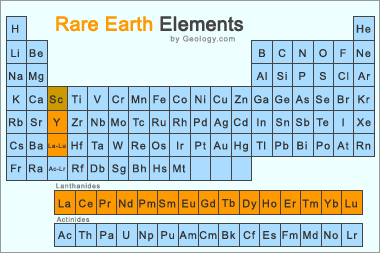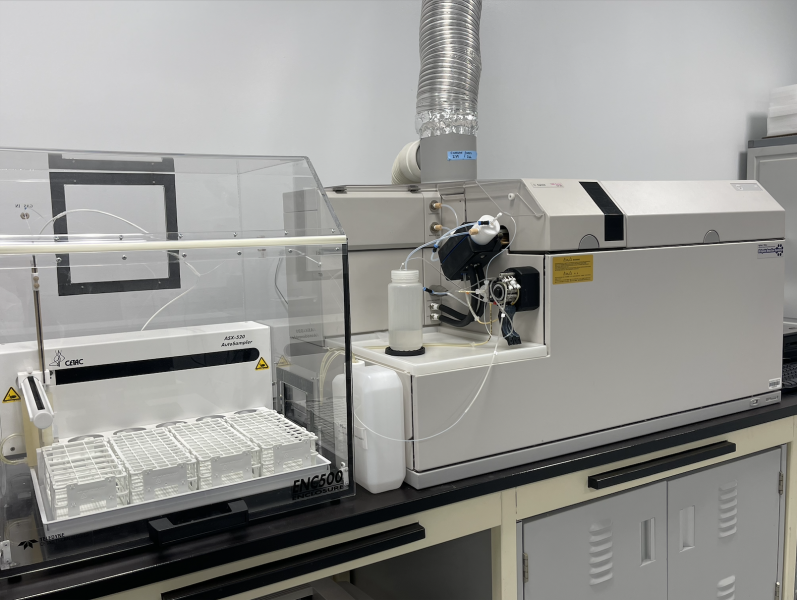Welcome to my project website!
This project develops a solution mode ICP-MS method for determining rare earth element (REE) (Figure 1) concentrations using a single quadrupole ICP-MS (Figure 2). This approach can be challenging due to unintended formation of oxide and hydroxide species with Ba and light REEs, which constitute polyatomic interferences on heavier REEs. Newer triple-quadrupole ICP-MS instruments are capable of removing these interferences during an analytical run, while the older single-quadrupole instruments cannot. Therefore, this project required the use of interference equations to remove overlapping oxide (MO) and hydroxide (MOH) concentrations from the older single quadrupole.
The extent of interference production can be controlled to some extent by minimizing oxide production during tuning. This project emulates previous studies that analyzed single element solutions of each interfering element (Ba and light REEs) to determine corresponding MO and MOH species production ratios, which are consistent during an analytical session. By calculating and subtracting the overlapping intensities of oxide and hydroxide species I derived interference-corrected REE intensities that reflect true concentrations. To assess effectiveness of instrument tuning on oxide production reduction, I analyzed the same samples under high and low oxide production tune conditions.

